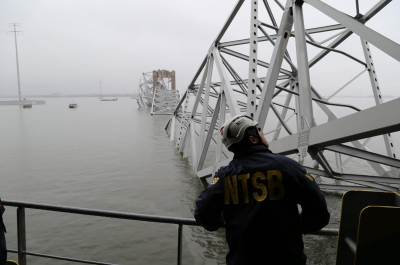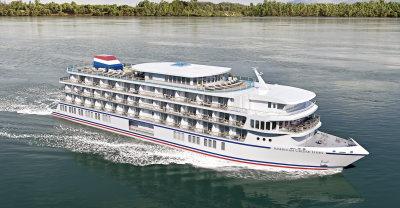The lingering side effects of the coronavirus outbreak has further distressed liquefied natural gas (LNG) exporters that were already ailing from a saturated global market and historically low prices.
After originating in China, the world’s second largest LNG importer behind Japan, the deadly virus was spreading across the globe by late winter, trimming industrial demand and compounding a dismal pricing environment. Since the beginning of the year, Asian LNG prices have dropped nearly 50%, with March spot prices on the Platts Japan/Korea Marker (JKM) falling below the previous record low of $3.65 MMBtu, according to Jack Fusco, president and CEO of Cheniere Energy, the largest U.S. LNG exporter.
“While it’s currently too early to gauge the potential impact of the coronavirus on the near-term market balance, decreased short-term LNG demand in China is putting additional pressure on a market still working to absorb the wave of incremental supply into the market over the past two years,” Fusco said in a Feb. 25 earnings call.
Cheniere exported roughly 29 million tonnes of LNG last year from two terminals in Sabine Pass, La., and Corpus Christi, Texas.
In its annual LNG Outlook, Royal Dutch Shell, the world’s largest trader of the super-cooled fuel, expects global demand to drop this year after increasing by 12.5% in 2019. “While we see weak market conditions today due to record new supply coming in, two successive mild winters and the coronavirus situation, we expect equilibrium to return, driven by a combination of continued demand growth and reduction in new supply coming on-stream until the mid-2020s,” said Maarten Wetselaar, Shell’s integrated gas and new energies director.
A major player in the LNG market, ExxonMobil agrees the market will eventually balance, though just when that equilibrium will materialize is another matter. “I think the LNG oversupply over time will work itself out and I think investments in that space will probably slow and eventually the demand will catch up to the supply and things will improve,” Chairman and CEO Darren Woods said on Jan. 31, before the global ramifications of the coronavirus was clearly coming into focus.
Meanwhile, undeterred, the Sempra LNG-led consortium behind the Cameron LNG export terminal off Louisiana in early March began commercial operation of the facility’s second train. Train three was on track for initial LNG production in the second quarter, bringing the facility to total export capacity of around 1.7 Bcfd, or approximately 12 million tonnes/annum.





